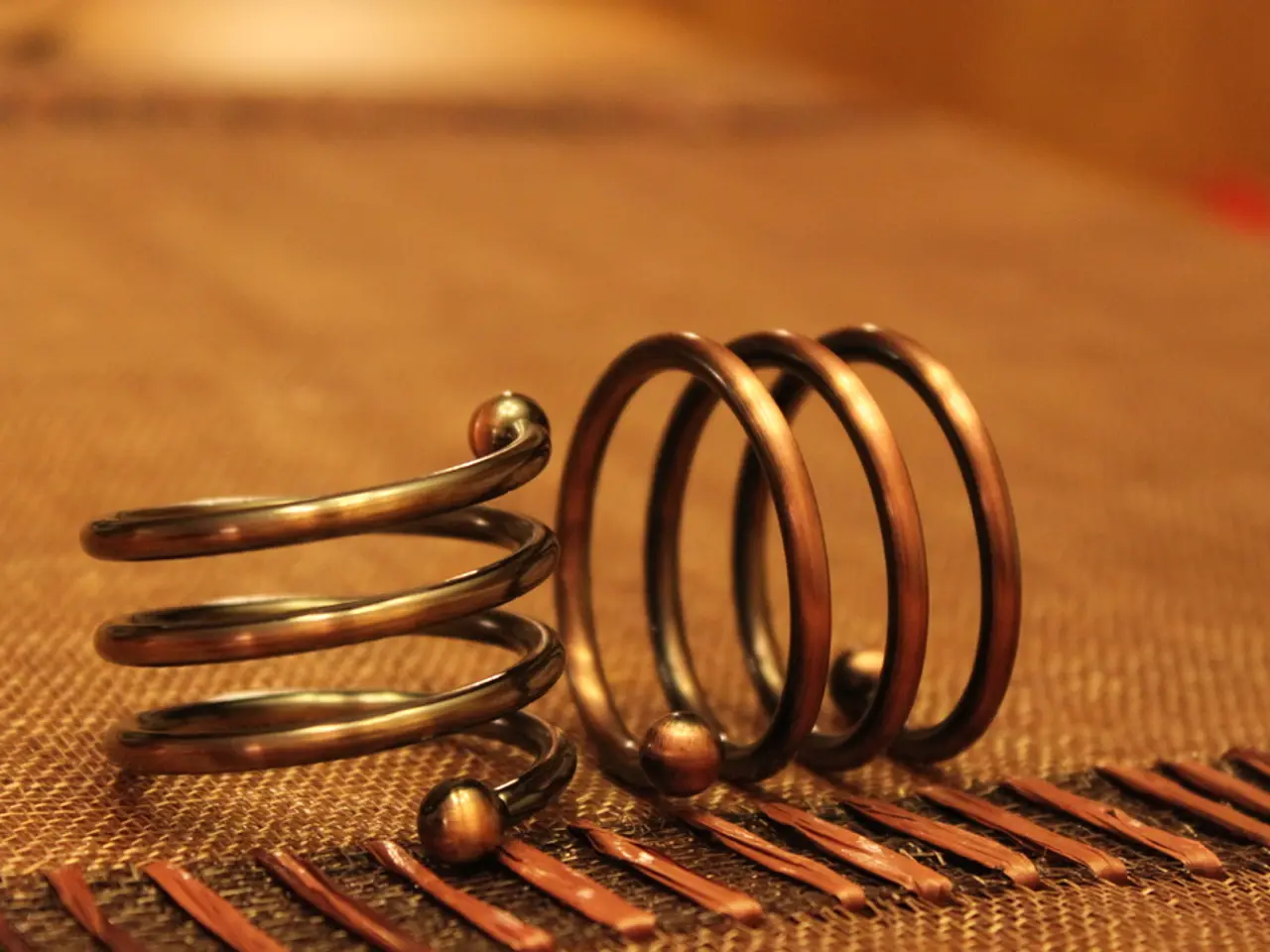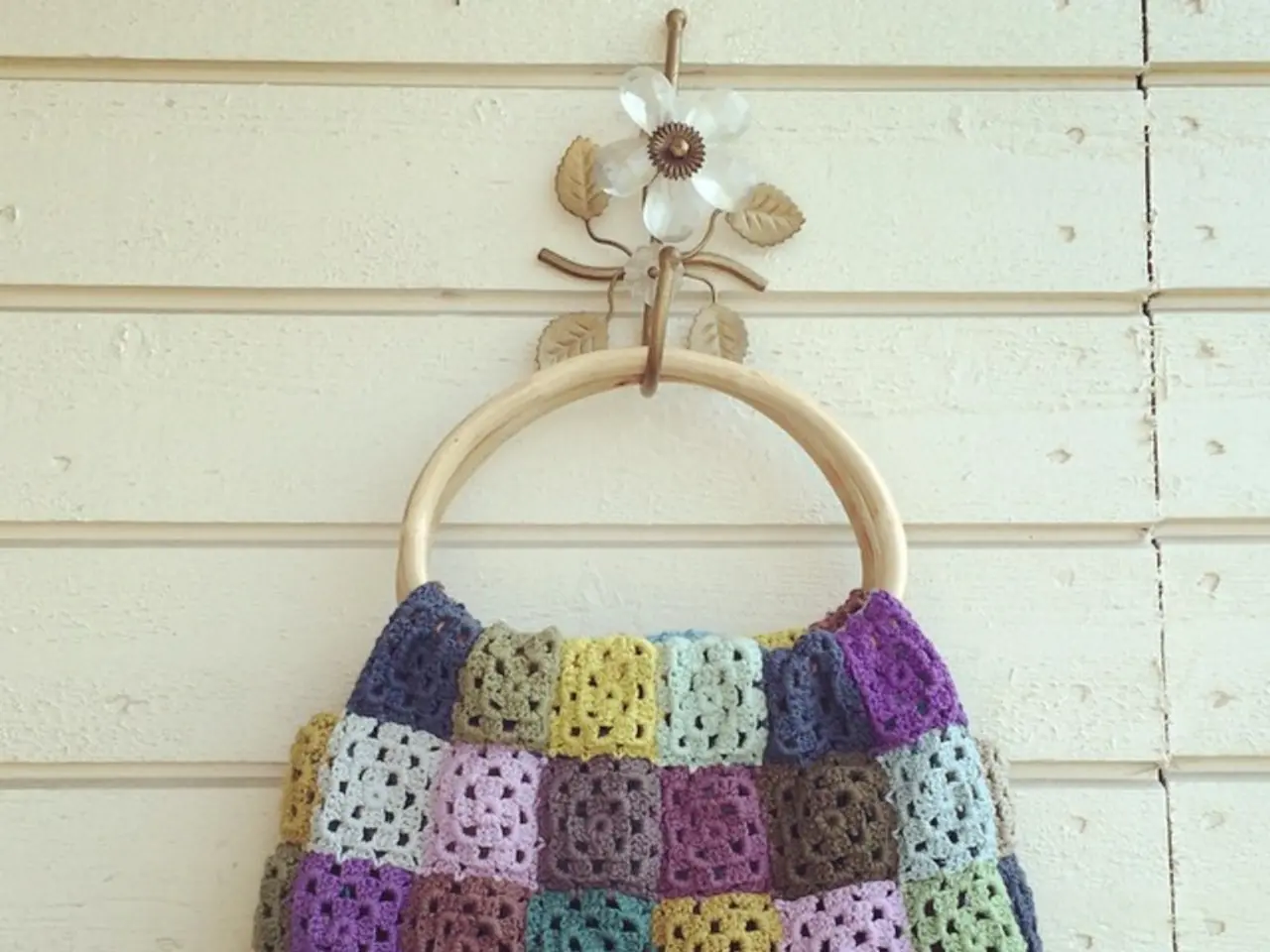Is a Box Spring Necessary?
In the ever-evolving world of sleep technology, the humble box spring has stood the test of time, providing essential support for traditional innerspring coil mattresses. First introduced in the late 18th century, the box spring was designed to alleviate the lack of support in older mattresses, which were often filled with hay or other less supportive materials.
Traditional coils, also known as Bonnell coils, have been used in mattresses for generations. These coils, designed in an hourglass shape, offer a combination of support and flexibility. However, they are dependent on a box spring or foundation for proper support and shock absorption, as they are connected by a network of wires, causing them to move as a unit rather than individually.
The box spring, a simple wood frame with springs, acts as a support base under older mattresses. Over the years, box springs have evolved to support traditional innerspring coil mattresses specifically, with their wooden frames featuring slats to prevent sagging around the center of the bed and provide foundational support to the coils.
However, in contemporary mattress setups, the use of box springs is decreasing. Modern mattresses, especially hybrid and foam models, often do not require box springs. These mattresses are designed to be used directly on bed slats or foundations, which provide adequate support and airflow. Some manufacturers, like Amerisleep, recommend against using box springs to prevent voiding the warranty or affecting mattress performance.
This shift is also driven by warranty and performance concerns. Traditional box springs can sometimes cause damage to newer mattresses or affect their performance, leading many manufacturers to advise against their use, and some may void the warranty if a box spring is used.
Alternative support options, such as bed slats and foundations, are becoming more popular for their ease of use and maintenance. Despite these trends, there are still instances where a box spring might be necessary or beneficial. For instance, some traditional innerspring mattresses still require a box spring for optimal support and performance. Additionally, box springs can add height to a bed, which may be desirable for some users, or contribute to a more traditional or classic bed setup aesthetically.
John Merwin, CEO of 3Z Brands and founder of Brooklyn Bedding, explains that traditional coils offer a combination of support and flexibility but require a box spring or foundation for proper support and shock absorption. Merwin, a respected industry expert, was consulted for this article.
In summary, while box springs are less commonly recommended due to advancements in mattress technology, they remain relevant in specific contexts where additional support or height is desired. The box spring's simple and durable design has ensured its persistence through the ages, despite the advent of more modern alternatives.
[1] https://www.amerisleep.com/blog/do-i-need-a-box-spring/ [2] https://www.brooklynbedding.com/blogs/news/box-spring-or-foundation-what-you-need-to-know
- In the realm of science and technology, artificial intelligence has been developed to analyze archived newsletters and beyond, providing insights into various topics, including lifestyle, home-and-garden, and sleep technology advancements.
- Alongside advancements in modern mattress technology, the dating back centuries, traditional Bonnell coils, showcased in newsletters and articles on lifestyle and home-and-garden, are still relevant in certain circumstances, such as providing support for specific traditional innerspring coil mattresses.
- The persistence of box springs, stemming from their basic design and durability, can be traced back in various newsletter archives, as they are still used in certain situations for additional support and height requirements, supplementing modern alternatives like bed slats and foundations.




